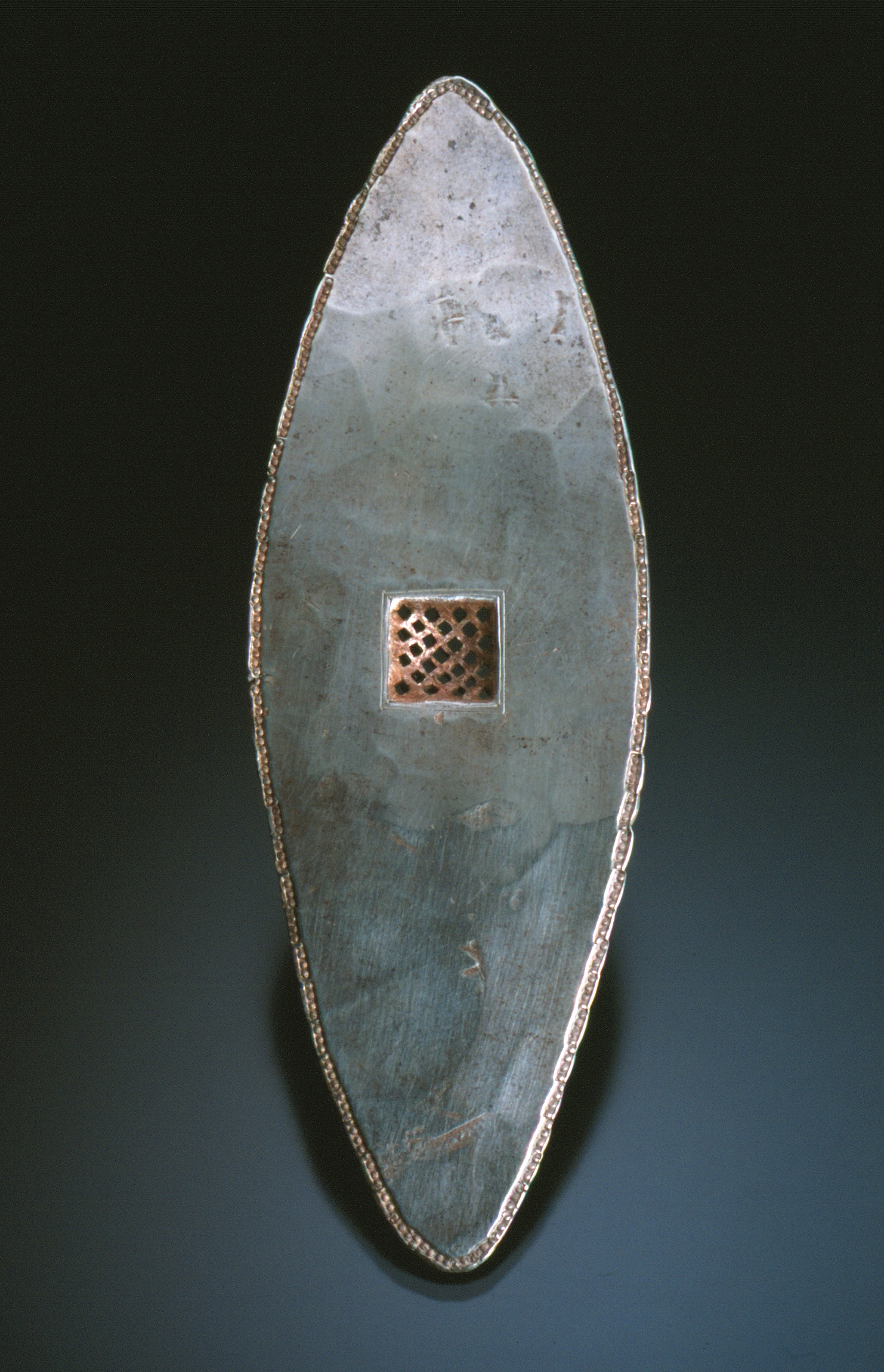Beyond the Bench: Contemporary Studio Jewelry
4 Minute Read
Contemporary Studio Jewelry
There are few faster ways to clear a room than to invite a conversation about the difference between Art and Craft. Not only are these conversations tedious and unproductive, but they generally work from the defensive premise that one camp is better than the other. It's possible to get so preoccupied with the discussion and its polemics that we overlook other assumptions that are lying just beneath the surface. One of these assumptions is that all art can be tossed into a single class, with a single set of prinicpals and expectations. And isn't that silly?
When we define the visual arts as inclusive of "objects made with attention to their appearance" we can begin to make further distinctions about the relationships these works have with their viewers. The artist working with a large canyas assumes a certain relationship between object and viewer before the first mark is made. And, more to the point, the marks to come will be influenced by an awarenesss of this relationship. Jewelry is not different because it is Craft, but because it is intrinsically in a unique relationship to its viewer. So unique, in fact, that the word viewer no longer suffices and we replace it with "wearer."
In most cases the work of an artist is influenced by a specific, identifiable stimulus. This may often be money and that is fine. Doctors, lawyers and teachers do what they do for money, too. Michelangelo and Cellini worked for the patronage of popes and kings and they were, by and large, happy to get the work.
For most of us, the stimulus to work is less dramatic. For instance, we are commissioned by a neighbor to make a pin for an upcoming birthday; we make a dozen service pins for the local choir and, by and large, we're happy to get the work. In the case of a commission, it's natural to consider the relationship involved. When Mr. X calls about a gemstone ring as an anniversary gift for his wife, most jewelers will easily turn the conversation to questions regarding her tastes in jewelry and what he has in mind. It is clear to all that the relationship has three players: maker, giver, and wearer.
I wonder, however, if I am sufficiently aware of this relationship when the conditions of a specific commission have not been imposed upon me. Even when I'm making a "personal" piece for inclusion in an exhibition, I'd like to think that the piece will eventually find its way into someone's life. I know I don't want the piece to live forever in the gallery showcase, but I wonder if I design with this other life in mind. Simply put, is my work so full of me that there is no room for someone else to get into it? When people describe a piece of jewelry that is meaningful in their life, I usually hear about friendship rings and costume jewelry with personal attachments. In many cases it is clear that the preciousness has come along after the work was made and I wonder if a piece that is crowded with personal messages from the maker will allow this kind of accretion to occur.
If the logical extension of this line of thought is that we should work harder to make our jewelry commonplace, then I cancel the idea. But I don't think it has to be interpreted this way. Instead I remind myself that design may operate on a level of considerably more subtlety than the one I take for granted. We commonly think of design as an arrangement of shapes. Definitions will vary but they usually involve words like texture, rhythm, form, color, harmony, contrast, and so on. And physically this is correct. When we discuss the look of a piece, these are the most useful terms to describe it. My point here, though, is to say that perhaps designs, like poetry, are best when they allow - or even require - completion from the reader or wearer. Knowing this, I will work less on making my personal statement clear ("Let me tell you about my life") and more on capturing the abstract and shared qualities of life.
One of the great contributions of contemporary studio jewelry is the personal nature of much of the work. Somewhat like the Impressionist painters of the late nineteenth century, contemporary jewelry artists draw upon personal experience as subject matter thus expanding the relevance and impact of their art. It would be a great loss if this movement were to disappear. But it seems relevant to note that the vast history of adornment is one of complex relationships in which the maker and the object are in a unique relationship to the site and context of the work. I hope that my design process honors this tradition and the complex possibilities it offers.
Tim McCreight is head of the metalsmithing and jewelry department at the Maine College of Art.
You assume all responsibility and risk for the use of the safety resources available on or through this web page. The International Gem Society LLC does not assume any liability for the materials, information and opinions provided on, or available through, this web page. No advice or information provided by this website shall create any warranty. Reliance on such advice, information or the content of this web page is solely at your own risk, including without limitation any safety guidelines, resources or precautions, or any other information related to safety that may be available on or through this web page. The International Gem Society LLC disclaims any liability for injury, death or damages resulting from the use thereof.
The All-In-One Jewelry Making Solution At Your Fingertips
When you join the Ganoksin community, you get the tools you need to take your work to the next level.
Trusted Jewelry Making Information & Techniques
Sign up to receive the latest articles, techniques, and inspirations with our free newsletter.



